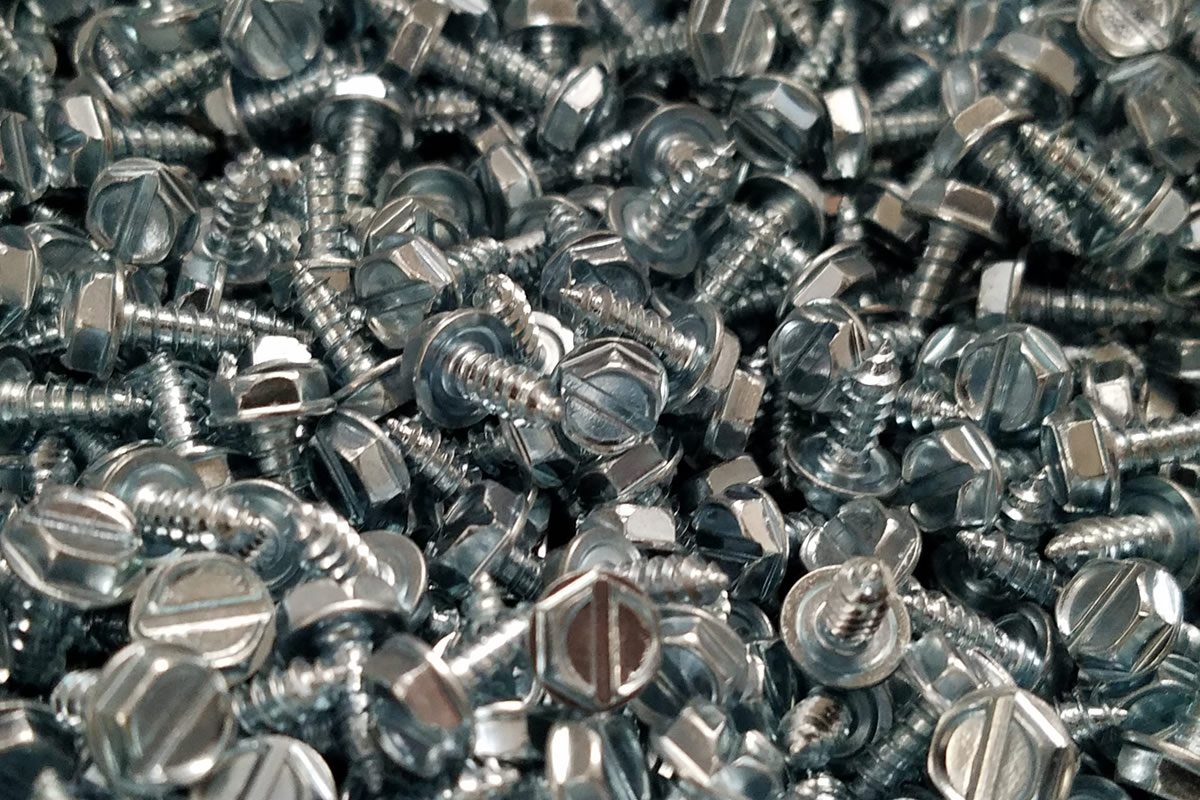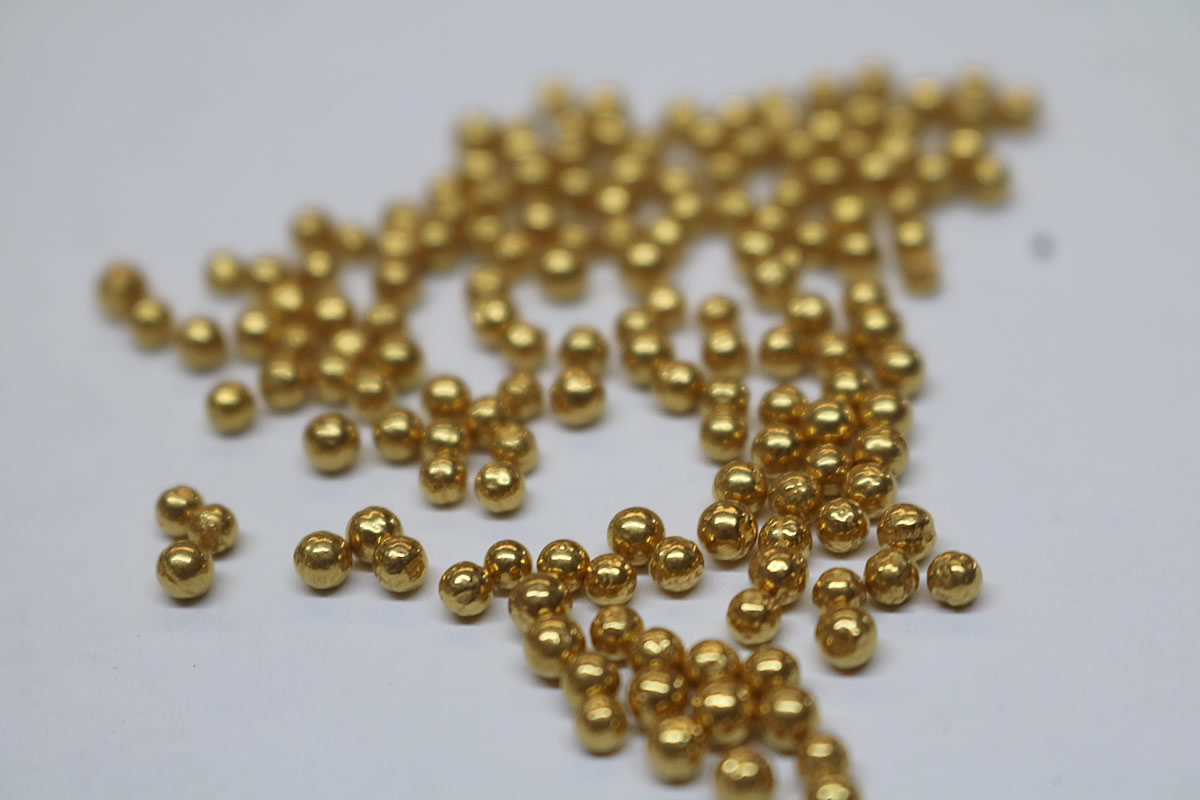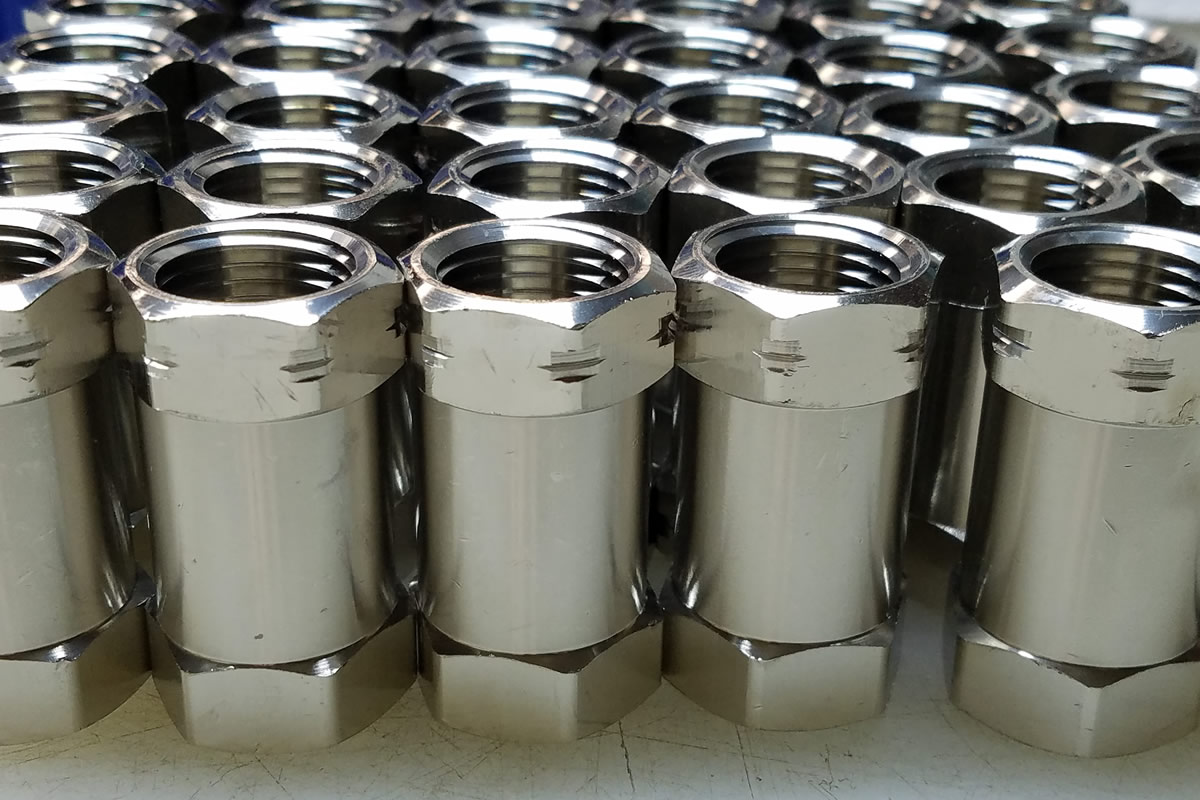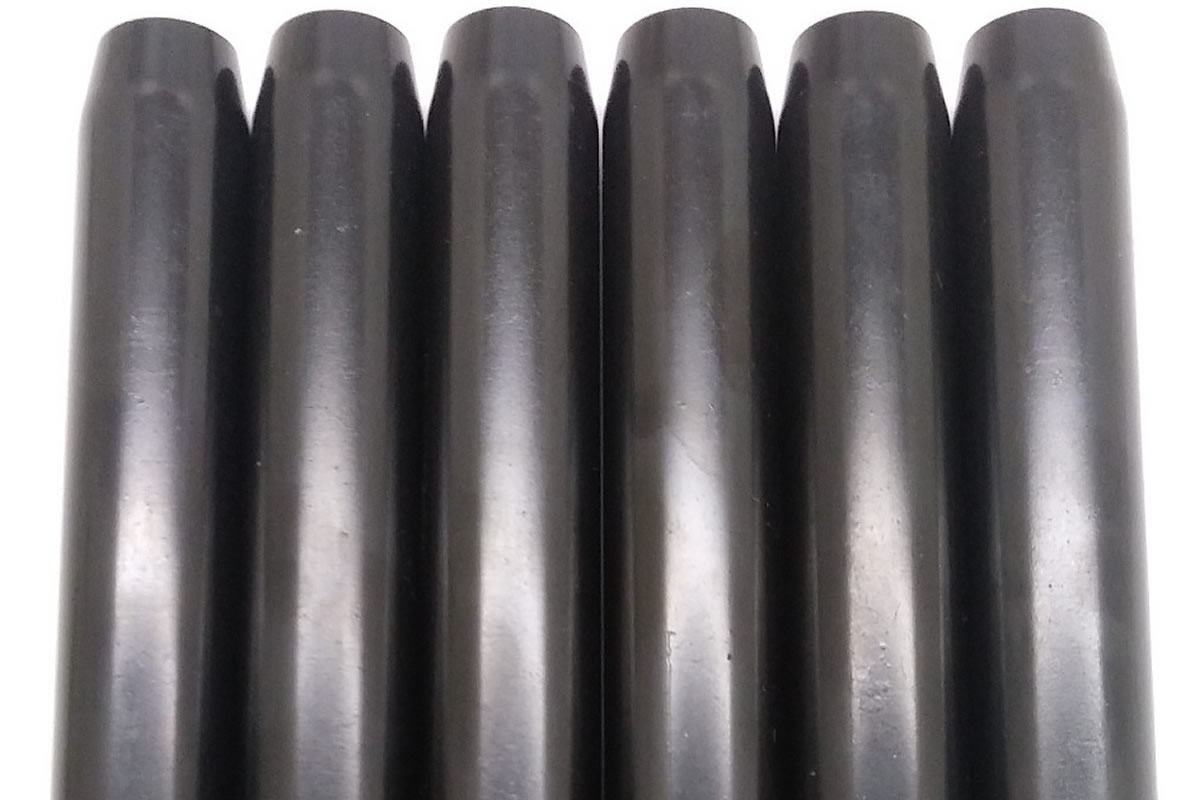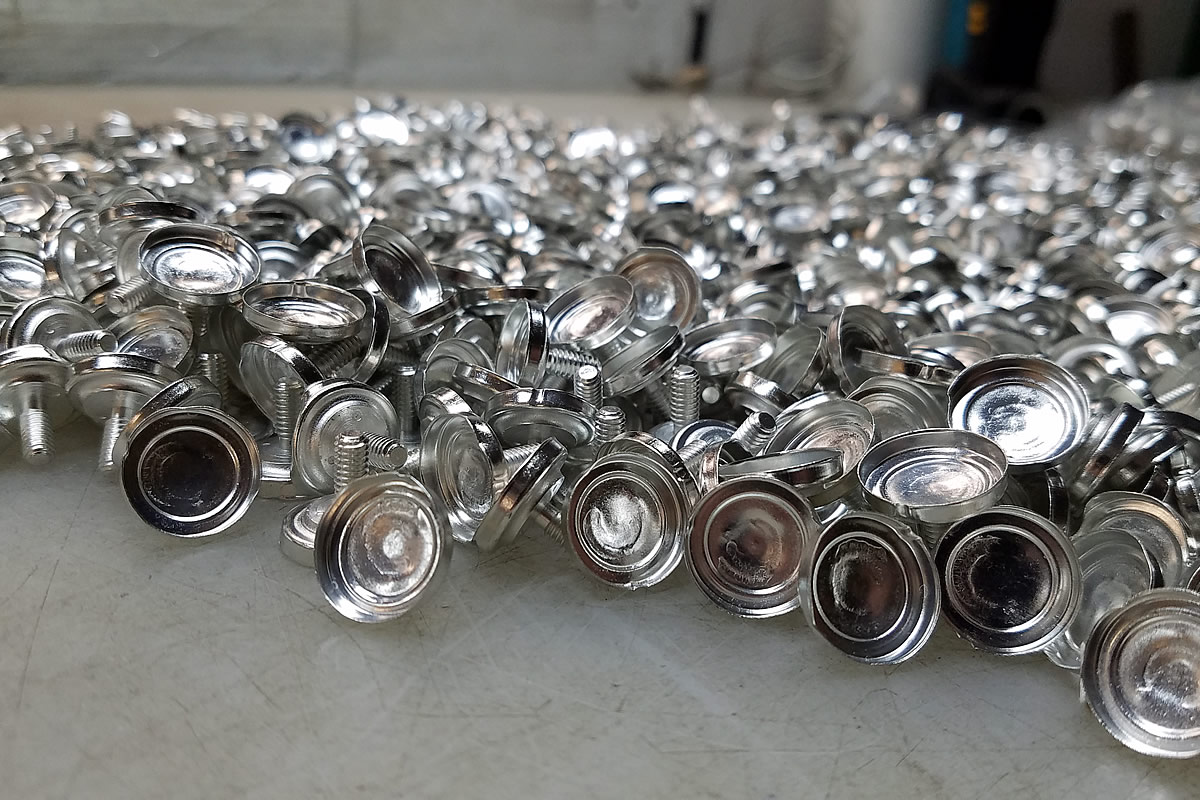
What is Gold Plating?
Gold plating is a method of depositing a thin layer of gold on the surface of other metal, most often copper or silver.
Diverse Applications
Gold plating is often used in electronics, to provide a corrosion-resistant electrically conductive layer on copper, typically in electrical connectors and printed circuit boards.
With direct gold-on-copper plating, the copper atoms have the tendency to diffuse through the gold layer, causing tarnishing of its surface and formation of an oxide/sulfide layer. A layer of a suitable barrier metal, usually nickel, has therefore to be deposited on the copper substrate, forming a copper-nickel-gold sandwich.


How does electroplating work?
In electroplating, an ionic metal is supplied with electrons to form a non-ionic coating on a substrate. A common system involves a chemical solution with the ionic form of the metal, an anode (positively charged) which may consist of the metal being plated (a soluble anode) or an insoluble anode (usually carbon, platinum, titanium, lead, or steel), and finally, a cathode (negatively charged) where electrons are supplied to produce a film of non-ionic metal.
Contact Us
We want to hear from you.
Contact Plating Solutions today
and send us your questions and comments!


